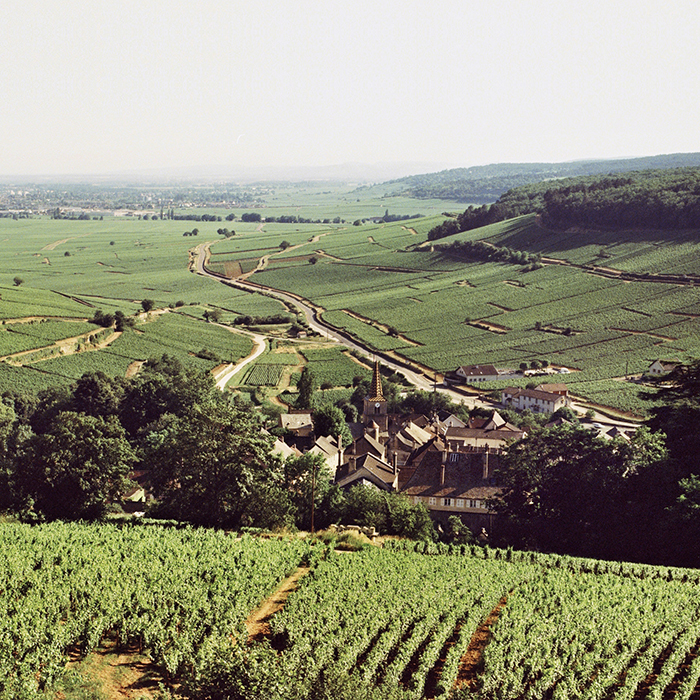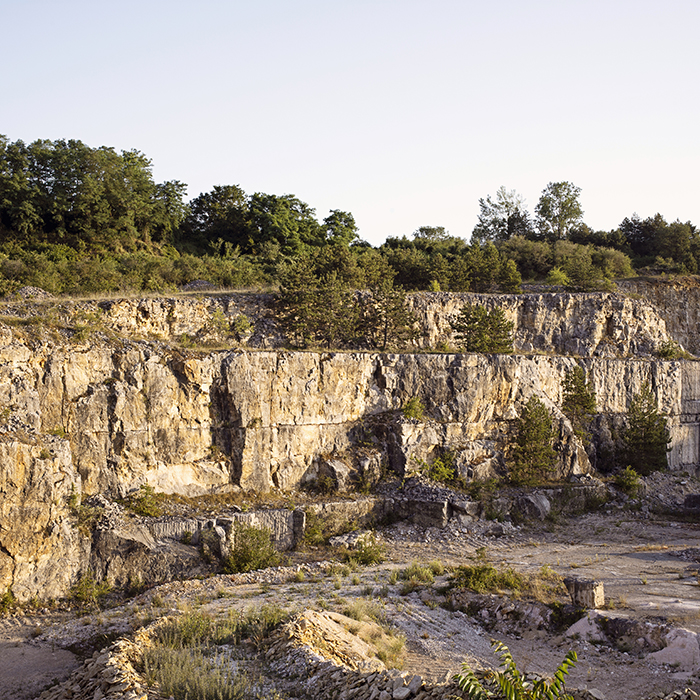Burgundy 2018: the new normal?
Author: Adam Bruntlett

The 2018 vintage encapsulates the future of Burgundy; a snapshot, perhaps, of the new normal. A warm and dry summer which yielded perfectly ripe and healthy grapes, picked in August and early September, giving charming and succulent wines. Gone are the days when vignerons faced an anxious wait as grapes struggled to ripen before the onset of rot, harvesting in wet and cold conditions in late September or October. Thin, green and acidic wines are no more. The practice of chaptalisation – adding sugar to the grape must to boost its alcohol – is a thing of the past (much to the dismay of the local sugar merchants). At their best, the 2018 reds are fleshy and dense, with melting tannins, while the crop of Chardonnay is both plentiful and concentrated – a rare combination.
The changing climate of the region, however, presents its own, previously unheard-of challenges. Growers now face a delicate balancing act to pick at precisely the right moment to retain acidity, keep alcohol levels in check and make sure the tannins and flavours are ripe. During the season, they have to innovate, often borrowing techniques from the New World, to ensure the fruit ripens gradually and acidity levels are retained. Now, more than ever, the hard work is done in the vineyard and the vigneron is the key factor in making quality wines. Making great wine in this new age is no easier; the challenges in doing so are simply different.
The noise surrounding the 2018s was cacophonous since before the first grapes were picked. Such a wonderful summer could only produce great wines, and in particular great reds. However, this year’s barrel tastings were surprising; the white wines are of very consistent quality, well-balanced and concentrated. The reds, while often outstanding, can vary significantly, even within the same cellar. Those who picked their Pinot Noir too late often had high alcohol, stuck fermentations and bacterial problems. We are fortunate enough to work with some of the best names in Burgundy, shielding us from the worst of the excesses, but in addition to this, we have made a particularly careful selection of growers and wines this year, rejecting anything which did not meet our high standards.
As a rule in Burgundy, it is best to follow an estate rather than a village or region, and 2018 is no exception. It is therefore difficult to make generalisations about which villages or areas came out on top. However, for white wines, the Mâconnais particularly impressed, perhaps because growers are more adept at dealing with warm summers. As for the reds, the Côte de Beaune has produced a particularly consistent set of wines and Beaune itself continues to offer exceptional value in relation to its peers. We also noted through the course of our tasting that those vineyards with deeper clay soils – typically the low-lying village vineyards and Bourgogne – really punch above their weight, with ripeness and freshness in equal measure.
In light of the changing face of Burgundy, we continue to seek out domaines which can offer value, and particularly those with vineyards in cooler appellations. To that end, we are delighted to introduce Domaine Denis Carré, run by a dynamic brother-and-sister team in the Hautes Côtes de Beaune, as well as Domaine Rollin in Pernand-Vergelesses and the excellent-value Montagny wines of François Berthenet. We have also decided to broaden our en primeur offering of Chablis estates, including the exciting barrel-aged wines of Eleni and Edouard Vocoret, as well as Jean-Claude and Romain Bessin, a domaine we have followed for many years, and which is now receiving the recognition it richly deserves.

The vintage
On a simple level, the 2018 growing season was straightforward with few challenges. After an unusually warm and very wet January, there was a welcome cold snap in February, before yet more rain in March. These substantial periods of rainfall, along with a humid spring, would prove key to sustaining the vines through the warm and dry summer which was to come. From April onwards, the temperatures were consistently one to two degrees above the average, with daily showers through the spring pushing the vines on quickly, but also bringing a serious threat of mildew. This risk was nullified just in time by an extended period of warm, dry weather with occasional light showers, beginning in mid-June and running until well after harvest. For spring and summer the number of sunshine hours was significantly above average, giving the feeling of “luminosity” that can be found in the 2018s. Frost was not a serious issue, but in July hail struck twice to the south of Nuits-St Georges, on 3rd and 15th, with damage reported by growers with vineyards in Comblanchien, Corgoloin and Premeaux-Prissey. Harvest began very early, on 20th August for the most precocious in the Côte de Beaune, with most of the Mâconnais beginning the same week. Harvest dates varied, but the vast majority of the crop had been brought in by mid-September. Conditions were dry and warm, with some rain showers on 7th September, and the fruit was near-perfect. Read a more detailed report on the vintage here.
The white wines
The fear with a large crop and a warm summer was that wines would be either dilute or heavy. In fact, the two factors have cancelled one another out, giving wines with both concentration and freshness. Stylistically they do not feel acidic, but instead have a mineral freshness, along with muscular and sinewy grip. Having tasted several times during the course of 2019, it is clear that they have gained focus with time, and I feel they will finish at a point which is not far from the excellent 2017s. The level of consistency in the white wines is impressive, and there is value from Bourgogne level upwards, with St Aubin and low-lying Meursault village sites particularly impressing.
The red wines
The best reds are beautifully ripe and fleshy, with expressive aromatics, sweet red-berry fruit, supple, melting tannins and a pleasing mineral freshness. The current trend for gentle extraction and using less new oak fits perfectly with a riper vintage such as 2018, where there is plenty of natural colour and structure in the grapes, and those who took a light-touch approach have been most successful. Comparisons have been drawn with 1959, 1990 and perhaps more recently, 2015. These are wines which, while charming and approachable now, will have very good ageing potential. As with whites, the Bourgogne wines and cooler sites such as the Hautes Côtes and Santenay offer outstanding value.
Key points
- Generous volumes of white wines, while reds are around 10 to 20% down on 2017
- Whites of a consistently high standard, while reds reach higher peaks
- A perfectly ripe vintage, with ageing potential for reds in particular
- Many regional and village vineyards have overperformed and offer excellent value
- Generally stable prices, although there are some increases


